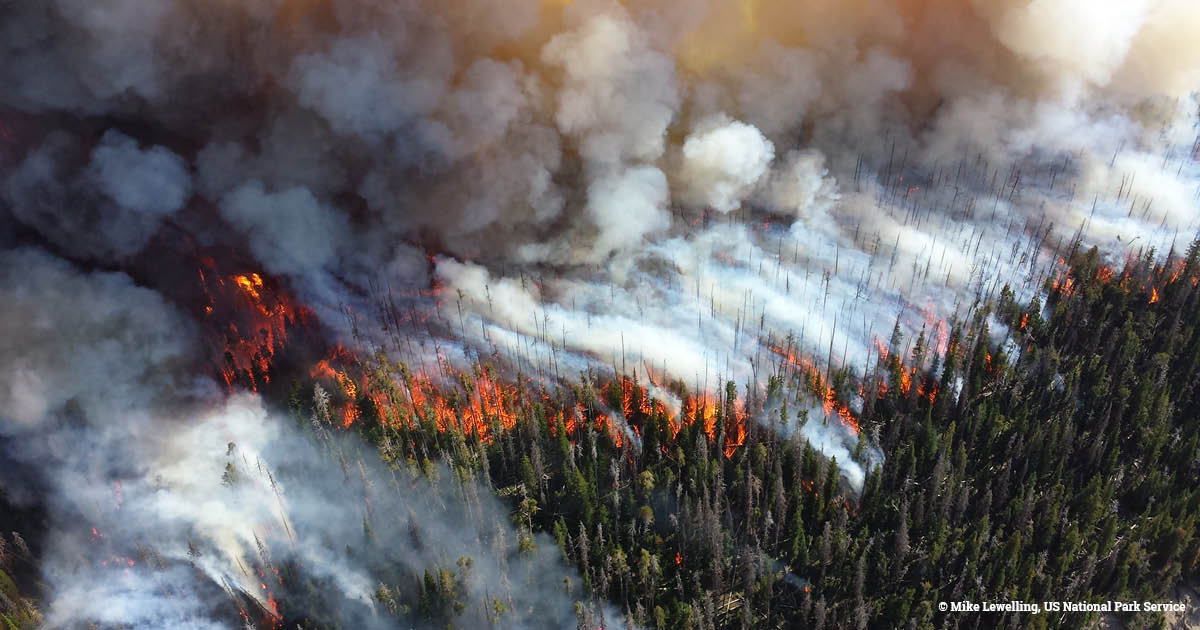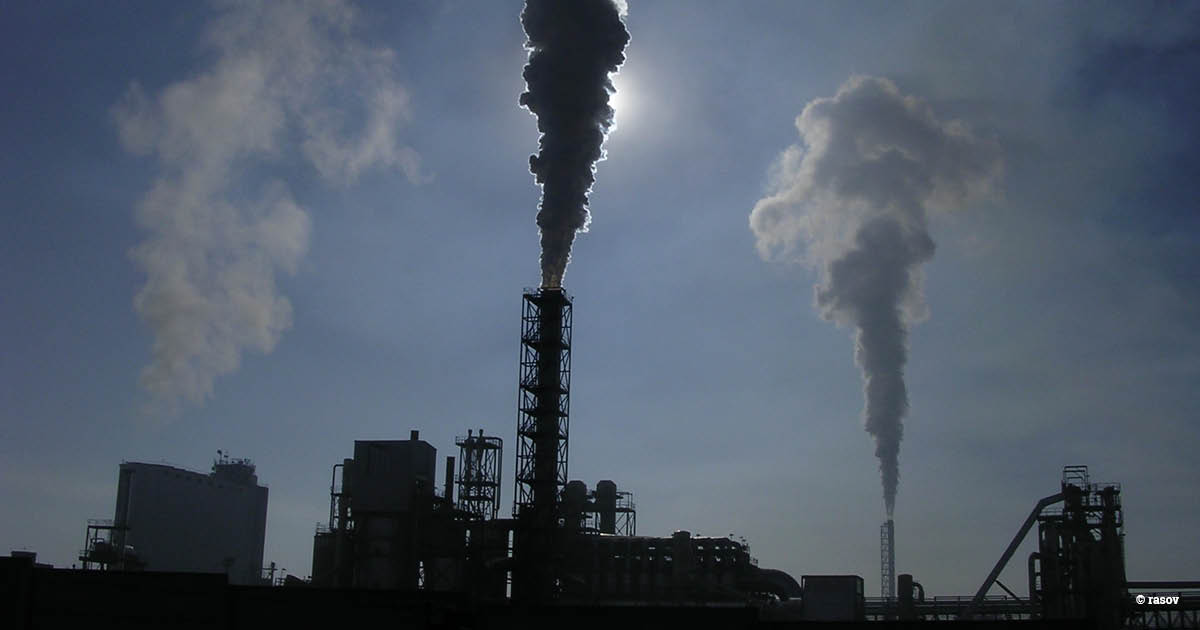New UN climate report – ‘We must act, and act now, because the house we live in is burning down’



In the starkest warning yet, a new UN report today makes clear that the chaotic impacts of climate change are already here, the damage is accelerating and there’s no turning back.
The Working Group 1 contribution to the Sixth Assessment Report of the Intergovernmental Panel on Climate Change (IPCC) on the physical science basis of climate change makes for grim reading.
It warns that the world is heading for calamitous temperature rises above 1.5°C as we witness widespread extreme weather and other changes likely to be irreversible for centuries to millennia.
Assessing the report, EIA Climate Campaigns Leader Clare Perry said: “This isn’t another report we can frame as a ‘wake-up call’ only to watch world leaders roll over in bed and hit ‘snooze’ for another five years.
“This is a shrieking fire alarm telling us that we need to do all that can possibly be done – and we need to do it right now – because the house in which we live is already burning down.”
The IPCC report makes plain:
Two areas on which EIA’s Climate Campaigns focus – methane emissions and hydrofluorocarbon (HFC) refrigerants – are flagged up the report.
More than half of global methane emissions are human-caused, predominantly from the energy (oil, gas and coal) sector, agriculture (livestock) and waste sectors (landfill and wastewater) – between 2010-19, methane emissions contributed to about 0.5°C of observed warming, compared with CO2 at about 0.75°C and F-gases at about 0.1°C.
In the energy sector, methane is released into the atmosphere through routine venting, flaring and leakage across the oil and gas supply chain while abandoned and unused oil, gas and coal sites often emit methane unabated. Fossil gas (often known by the misnomer ‘natural gas’) used in petrochemicals to produce plastics is also an important source of methane.
According to Inger Andersen, UN Environment Programme Executive Director: “Cutting methane is the strongest lever we have to slow climate change over the next 25 years and complements necessary efforts to reduce carbon dioxide. The benefits to society, economies and the environmental are numerous and far outweigh the cost”.
In 2016, the world’s governments agreed the Kigali Amendment to the Montreal Protocol, which aims to cut the production and use of HFCs by more than 80 per cent over the next 30 years. Despite this, levels of HFC-23, the most potent HFC, are at an all-time high. Much more can be done to cut the worst HFCs first.
EIA is calling for a new global methane agreement and an acceleration of the HFC phase-down under the Kigali Amendment to the Montreal Protocol.
The IPCC report comes at a time when public concern about climate change is snow-balling, with catastrophic climate events already increasingly commonplace around the world.
Perry added: “True, it makes for very bleak reading, but there is still hope. Alongside climate chaos, societies have also had to tackle the deadly COVID-19 pandemic and through this we have learnt a lot – we know that we are capable of making big changes to solve urgent issues.
“The IPCC report affirms that climate change is without doubt the most urgent issue of our time.”
The report incorporates the findings from three special reports (on the Impacts of 1.5ºC, on Climate Change and Land and on The Ocean and Cryosphere in a Changing Climate) as well as new evidence from climate science.
 It assesses a range of future scenarios, including a scenario with very low GHG emissions and CO2 emissions declining to net zero around 2050, followed by levels of net negative CO2 emissions (through carbon capture).
It assesses a range of future scenarios, including a scenario with very low GHG emissions and CO2 emissions declining to net zero around 2050, followed by levels of net negative CO2 emissions (through carbon capture).
But even this “ambitious” scenario sees global surface temperatures rising above 1.5ºC in the mid-term (2041-60) to 1.6ºC and then falling to 1.4ºC in the long term (2081-2100), underscoring the need to take urgent action on short-lived climate pollutants such as hydrofluorocarbons (HFCs) and methane.
“The new report provides stark warning that every single action that can be taken now must be taken now,” said Perry.
The IPCC warns: “With every additional increment of global warming, changes in extremes continue to become larger. For example, every additional 0.5ºC of global warming causes clearly discernible increases in the intensity and frequency of hot extremes, including heatwaves (very likely), and heavy precipitation (high confidence) as well as agricultural and ecological droughts in some regions (high confidence).”
This means we need to fight for every single 0.1 of a degree of warming we can avoid. Every tonne counts, and a tonne of HFCs has the warming equivalent of thousands of tonnes of CO2, while a tonne of methane is equivalent to 86 tonnes of CO2, considered over a 20-year period.